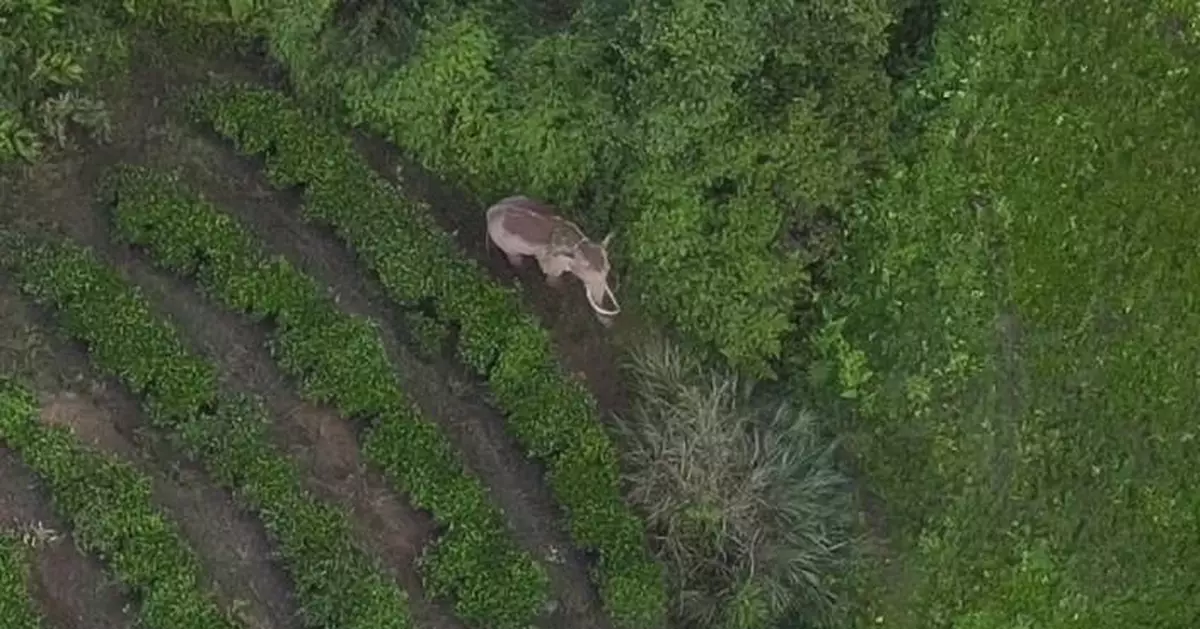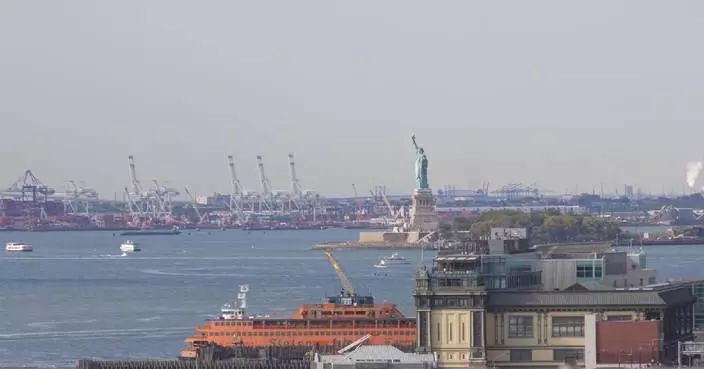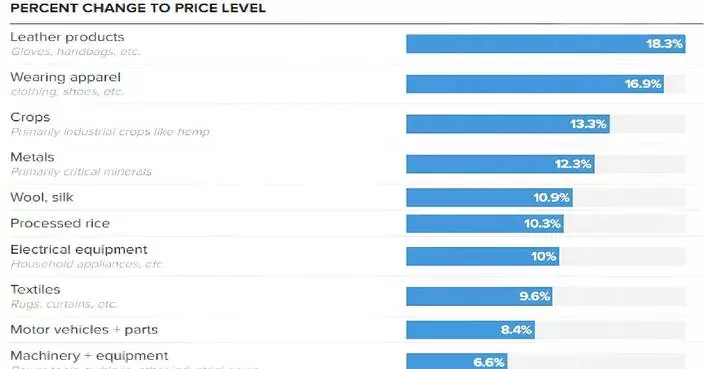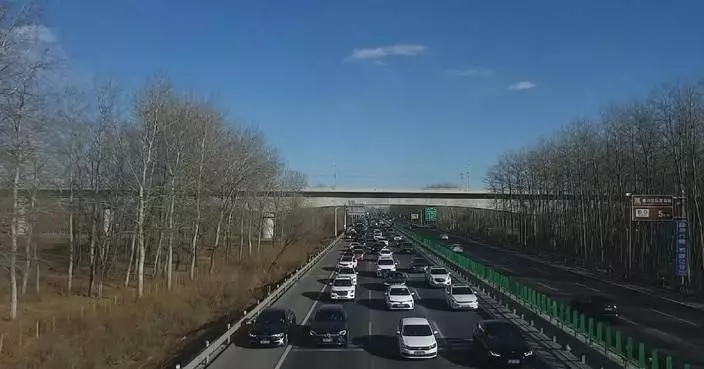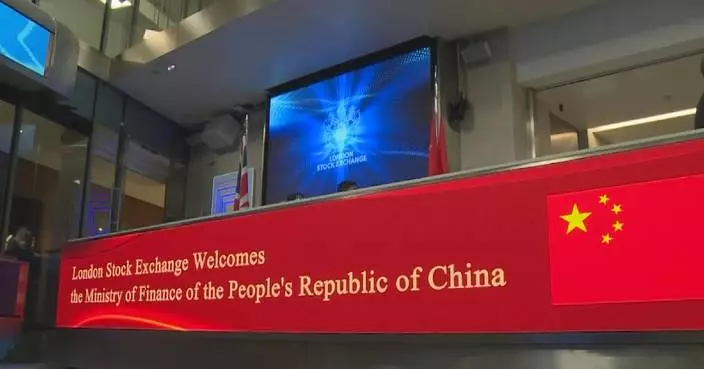Greater efforts are being made to protect the endangered wild Asian elephants in their natural habitat of southwest China's Yunnan Province, by carefully reintroducing captive elephants back into the wild at appropriate times.
The Wild Elephant Valley, tucked away in Yunnan's Xishuangbanna national nature reserve, serves as a natural conduit for wildlife, a place frequented by nearly 80 Asian elephants. It is the only place in China where the public can observe these magnificent creatures up close.
The issue is coming into the spotlight ahead of World Elephant Day, an international event marked annually on August 12 to bring attention to the urgent plight of Asian and African elephants.
On the eve of World Elephant Day this year, the Asian Elephant Conservation Management Center in the Xishuangbanna Dai Autonomous Prefecture has released footage captured by infrared cameras and unobtrusive drones of an adorable Asian elephant named "Abao."
The photos and videos show Abao wearing a tracking collar and freely roaming through forests and fields, with the elephant reported to be in good health.
"Abao was rescued in April 2018 from the Simao District of Pu'er City in Yunnan. After undergoing two years of wilderness training, Abao was released into the reserve in 2024. We have been monitoring the elephants condition through drones and infrared cameras, and are pleased to see that Abao is in good health," said Wang Bin, head of the center.
Experts have analyzed the footage and made a preliminary conclusion that Abao is able to live independently in the wild. Particularly noteworthy is Abao's ability to forage and navigate the wilderness, which is crucial given that elephants are nocturnal animals.
"We still need to monitor Abao's interactions with humans to ensure there is no dependency, which could lead Abao back to villages. This is a critical aspect that we will continue to observe," said Bo Mingwei, head of the Creative Studio at the Asian Elephant Rescue and Breeding Center in Xishuangbanna.
The Wild Elephant Valley, a mountainous area which spans some 12 hectares, has been designated as a semi-wild reintroduction area for rescued elephants. Here they undergo systematic wilderness training before returning to the wild, while the rescue center will continue monitoring their progress and assessing their behavior thereafter.
Additionally, mobile workstations have been established to mitigate possible conflicts between humans and newly-released elephants, ensuring both sides can live without incident.
So far, Xishuangbanna has rescued 23 wild Asian elephants. Among them, nine were returned back to the wild after completing the necessary checks, while eight were kept at the rescue center as part of the conservation efforts, later giving birth to a total of nine calves.
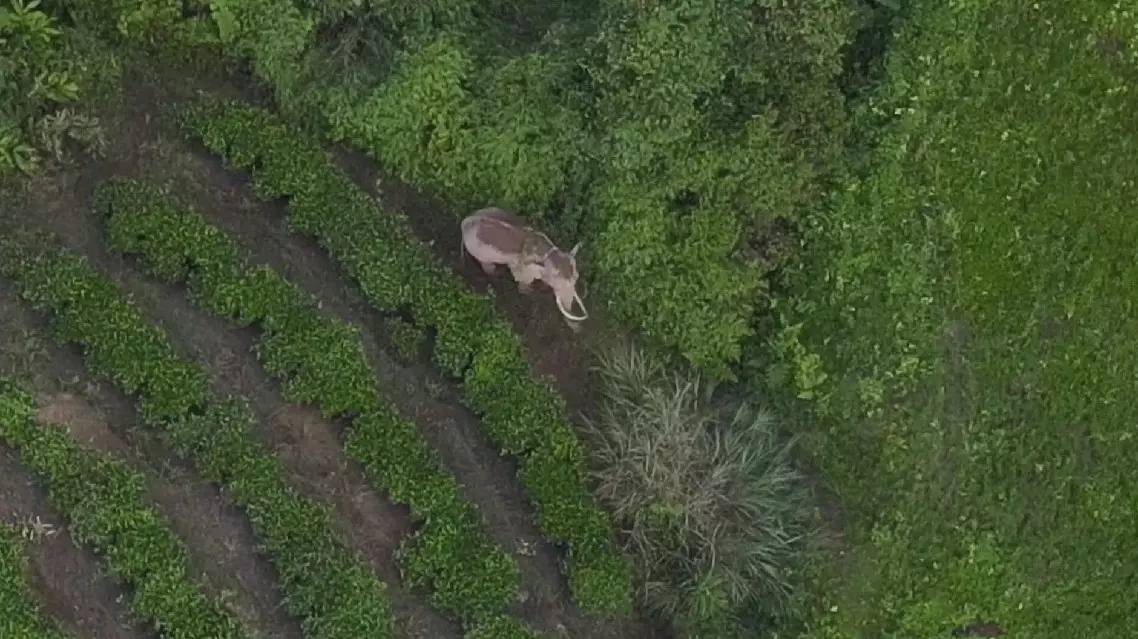
Conservation efforts stepped up in Yunnan as more Asian elephants reintroduced to wild


